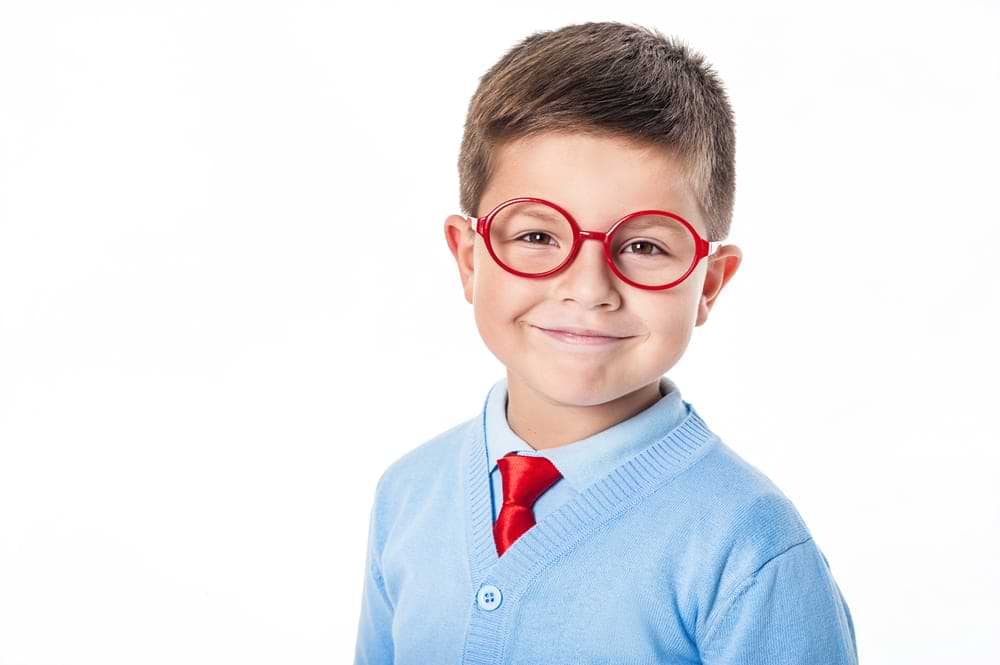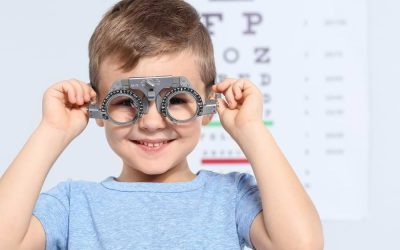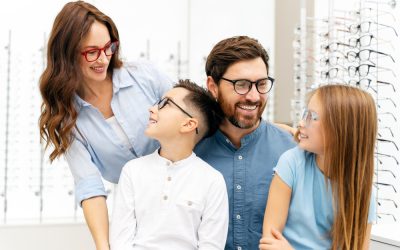Have you noticed your child’s glasses prescription getting stronger each year? Myopia can progress quickly in growing kids, raising the risk of eye disease later on.
I’m David Truong, Owner and Principal Optometrist at Beyond Eyecare in Sydney. I’ve helped many families manage this challenge with proven solutions.
This article breaks down how MiYOSMART lenses work and how they stack up against Stellest, Zeiss, and Rodenstock. You’ll get clear, evidence-based guidance to decide what suits your child best.
Key Takeaways
- MiYOSMART lenses are backed by strong evidence, showing about 60% myopia slowing in kids.
- Daily, consistent wear is important as part-time use doesn’t deliver the same results.
- Compared to Stellest, Zeiss, and Rodenstock, MiYOSMART has the most robust long-term data.
- The lenses are tough enough for sport and play, with fast adaptation for most children.
- Regular monitoring is critical to track progress and adjust as your child’s eyes grow.
Overview Of Myopia Control Lenses
Myopia control lenses are designed to slow the eye’s elongation as children grow. They look like standard glasses but use specialised optics to create peripheral defocus, a signal that reduces excessive eye growth.
Blurry distance vision is just one of the few problems that comes with unchecked myopia. Each year a prescription increases, the eye stretches further. Over time, retinal detachment, glaucoma, and other complications are often linked to high myopia.
What can early intervention do? It supports stable visual development and cuts down the likelihood of serious disease later on. It’s a forward-looking approach that pays dividends in adulthood.
To learn more about myopia and its causes, watch the following video from the Doctor Eye Health YouTube channel.
What Makes Myopia Control Glasses Effective?
For any lens to work properly, it must achieve three outcomes:
Consistent Myopic Defocus
MiYOSMART lenses use hundreds of micro-segments to create a consistent blur signal in the periphery. That steady signal is what tells the eye to ease off on growth, not just patch over the blur.
Full-Time Wear
If the lenses come off midday, the therapeutic effect drops off fast. That’s why we tell parents: consistency is the backbone of any myopia control plan.
Comfortable, Safe Design
The smooth edges and slim profile help kids forget they’re wearing anything at all. True enough, if a lens is uncomfortable, it ends up in the case more than on the face.
MiYOSMART, Stellest, Zeiss, and Rodenstock
All aim to slow axial elongation by shifting peripheral focus. The difference comes down to how much clinical data backs each approach and how predictable the outcomes are in real-world practice.
Key Features Of Hoya MiYOSMART Lenses
D.I.M.S. Technology
MiYOSMART uses Defocus Incorporated Multiple Segments (D.I.M.S.). The lens design combines a central clear zone for sharp vision with hundreds of micro-segments that project controlled myopic defocus across the peripheral retina. This dual focus is what signals the eye to slow its growth.
Clinical trials (especially in large Asian cohorts) have shown this approach can reduce myopia progression by about 60%. For context, that means if your child’s prescription was climbing by -1.00 dioptre each year, the rate could drop to around -0.40. That’s the kind of traction parents need to see.
Suitability And Safety
Wouldn’t you prefer a method your child can start using straight away? MiYOSMART is designed for children aged 6–18 who have mild to moderate short-sightedness. Because the lenses are worn like ordinary glasses and don’t touch the eye surface, there’s no invasive step or tricky handling routine. Most kids adapt in under a week without major complaints.
If your child struggles with daily contacts or dislikes the thought of putting something in their eye, MiYOSMART is often the first line of defence. It’s predictable, reversible, and gentle on young eyes.
Durability And Comfort
Playgrounds, sport, rough and tumble, what a kid does every day is unpredictable. MiYOSMART is made from impact-resistant polycarbonate that can handle knocks without shattering. The surface is scratch-resistant and filters UV, which helps protect the eye long-term.
Parents often ask how long adaptation takes. In our experience, most kids wear them full-time within days, with no disruption to classwork or after-school activities. The lightweight design means fewer complaints about pressure on the nose or ears.
How MiYOSMART Compares To Other Brands
| Lens Brand | Technology | Evidence & Research | Availability in Australia | Considerations |
| HOYA MiYOSMART | D.I.M.S. (Defocus Incorporated Multiple Segments) | Strong long-term trials, especially in Asia | Widely available | Most established option with clear outcomes and robust data |
| Essilor Stellest | HALT (Highly Aspherical Lenslet Target) | Early studies promising; limited 5–10 year local data | Growing presence | Newer design, worth discussing expectations before starting |
| Zeiss MyoVision Pro | Asymmetric peripheral defocus | Smaller evidence base, fewer large-scale trials | Less commonly stocked | May suit milder prescriptions; not as much peer-reviewed research |
| Rodenstock MyCon | Targeted myopia defocus | Limited trials and published outcomes | Less widely distributed | Sourcing can be slower; potentially longer waits, especially outside metro areas |
Essilor Stellest Lenses
How comfortable are you relying on newer products that don’t yet have 5–10 years of local data? Stellest uses HALT (Highly Aspherical Lenslet Target) technology. Instead of segments, it features a ring of aspherical lenslets creating the defocus effect.
The design is promising, but Stellest is newer to the Australian market. Longer-term outcomes here are still being gathered, so it’s worth discussing expectations openly with your optometrist.
Zeiss MyoVision Pro
Zeiss takes a different route, using an asymmetric defocus design to shift the peripheral focus. For some prescriptions, especially milder cases, this can be effective. But compared to MiYOSMART and Stellest, MyoVision Pro has fewer large-scale, peer-reviewed studies confirming performance.
In practice, it can still help slow progression, but the evidence base isn’t as deep. For families wanting the strongest research footprint, it may feel like more of a calculated bet.
Rodenstock MyCon Lenses
Rodenstock MyCon lenses are German-made, with a targeted defocus profile. Technically, they operate on similar principles: peripheral defocus encourages the eye to slow its growth.
The challenge is scale: fewer trials, fewer published outcomes, and limited availability across Australia. If you’re in a regional area, sourcing these lenses can take extra time and coordination.

Factors To Consider When Choosing Between Brands
- Technology And Clinical Evidence: MiYOSMART stands out for its robust evidence, especially in Asian studies where myopia prevalence is highest. Stellest is catching up with credible trials, but Zeiss and Rodenstock still have gaps in large-scale data.
- Age And Activity Level: For younger or highly active kids, MiYOSMART’s polycarbonate build is hard to beat. The durability means fewer replacements and less worry about damage during sport or play.
- Lens Cost And Accessibility: MiYOSMART lenses typically cost around $500. Stellest sits in a similar range, though rebates and insurance can shift the out-of-pocket price. Zeiss and Rodenstock vary more depending on supply.
- Availability In Australia:MiYOSMART is widely stocked through HOYA-authorised optometrists. Stellest has gained traction but isn’t available everywhere yet. Zeiss and Rodenstock can be harder to source in regional practices.
Professional Recommendations And Practice Insights
We’ve seen MiYOSMART deliver reliable results for Sydney kids over multiple years. The technology is proven, the adaptation phase is short, and the design holds up under real-world use.
For families who prefer glasses to contact lenses or drops, it’s often the most straightforward and evidence-backed approach.
Ongoing Monitoring And Eye Health Management
Myopia control is never a set-and-forget process. We schedule regular reviews to track axial length and prescription shifts. If anything changes, we adapt early. That’s often the turning point in long-term outcomes.
Final Thoughts
If your child’s prescription is climbing, it’s worth acting sooner rather than later. MiYOSMART lenses have strong evidence behind them and are widely accessible here in Sydney.
At Beyond Eyecare, we take a measured approach: assess, recommend, monitor. It’s how you keep myopia progression in check and protect your child’s vision for decades to come.
Book an appointment with Beyond Eyecare today at Zetland (02) 9662 6364 or Surry Hills (02) 9556 1160. You can also schedule a convenient time through our website.






